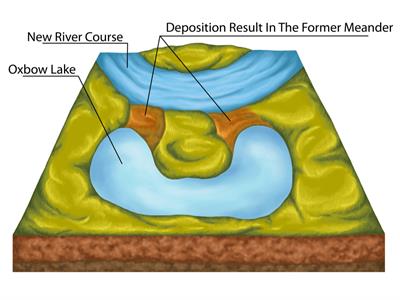
PUMPA - SMART LEARNING
எங்கள் ஆசிரியர்களுடன் 1-ஆன்-1 ஆலோசனை நேரத்தைப் பெறுங்கள். டாப்பர் ஆவதற்கு நாங்கள் பயிற்சி அளிப்போம்
Book Free DemoGorges and Canyons:
In the mountain course of a river where the rocks are hard and resistant to corrosion, it forms valleys with steep or almost vertical sides called a gorge. The term “gorge” is often used in reference to “canyon,” but a gorge is almost always steeper and narrower than a canyon.
Example:
In India, deep gorges have been found in Brahmaputra and Indus in the Himalayas.
Canyon: A canyon is referred to as a deep, narrow valley with steep sides that runs for hundreds of kilometres. “Canyon” is derived from the Spanish word cañon, which means “tube” or “pipe.”
Example:
Grand Canyon of the river Colorado in the U.S.A.

Waterfall: Falling of river water in the steep vertical step in the course of the river. It is formed when the soft rocks are removed by erosion.
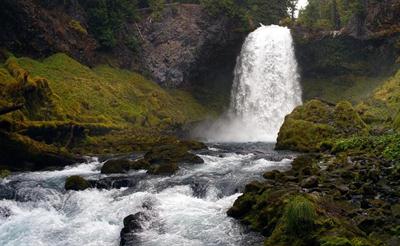
waterfall
When a river flows through a region where hard rocks lie over soft rocks horizontally, the soft rocks get eroded easily, and the hard rocks project outwards. Thus, the river falls vertically from a steep slope forming a waterfall.
Example:
Coutrallam falls, Hogenakkal falls and Thirparappu falls in Tamilnadu.
World's highest waterfalls: Angel Falls, Venezuela (South America)
A Horseshoe-shaped Niagara falls located on the borders of Canada and the U.S.A. It has one of the highest flow rates.
Victoria falls is situated on the borders of Zambia and Zimbabwe in Africa. It is located on the Zambezi river.
A Horseshoe-shaped Niagara falls located on the borders of Canada and the U.S.A. It has one of the highest flow rates.
Victoria falls is situated on the borders of Zambia and Zimbabwe in Africa. It is located on the Zambezi river.
Plunge pool: A hollow feature at the foot of a small waterfall in a river. The pool is formed because the water plunging into it has eroded the river bed.
Rapids: Due to the unequal resistance of hard and soft rocks in the river course, the erosion of a band of soft rocks and outcrop of hard rocks causes jump and fall in the stream, causing rapids.
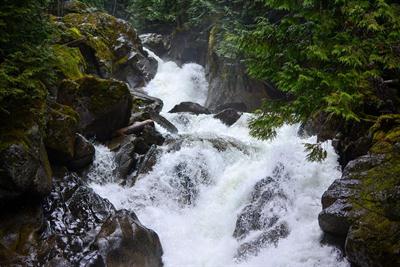
Rapids
‘V’ shaped valley: This is a long trough in the landscape that has been formed due to vertical erosion of the river. V-shaped valleys are usually found in the mountains and hills.
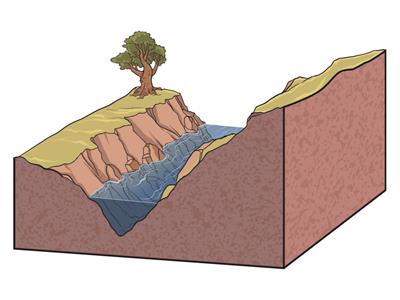
V shaped valley
Pothole: Cylindrical holes are drilled vertically in the river bed, with varying depth and diametre due to the action of the river are called potholes.
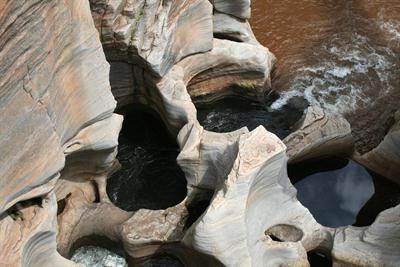
Pothole
Meanders: A meander is a bend in the course of a river, formed when the river enters the plain. Here both erosion and deposition take place simultaneously, i.e. an outer stream of the river erodes the outer banks and widens its valley, whereas the inner part of the river has less energy and deposits silt.
Example:
Meanders along the river Vellar near Sethiyathope in Cuddalore district, Tamil Nadu.
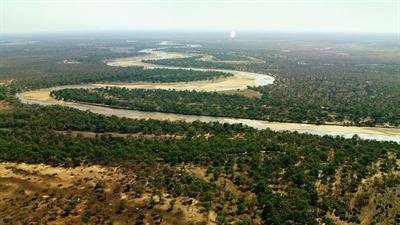
Ox-bow lake: When a meander is sealed off as a result of continuous erosion and deposition, a small arc-shaped lake forms called an ox-bow lake.
